An interesting and brightest representative of the genus Mossoviks is the Polish mushroom. It belongs to the second category of edibility and is considered a delicacy in its nutritional properties. It tastes like white mushroom, so some mushroom pickers compare it with a white handsome.
In Russia, this type of moss fly is found in the Siberian and Far Eastern Federal District. It grows in European countries, Transcarpathian regions, Poland, where it is popular for nutritiousness and easy digestibility. The active collection period is from June to October.
Content
Features of the Polish mushroom
In the Polish mushroom, the hat is convex mainly of a brownish color. However, the older the mushroom, the more flat the shape of the cap becomes, reaching a diameter of 12 centimeters. With increased humidity, its surface darkens and becomes mucus to the touch. The lower part is yellowish, characterized by porosity and a tubular structure.
If you press on the pores, after a few seconds, their flesh begins to turn blue, which is one of the distinguishing features of the Polish mushroom from many similar to it. The leg is fibrous, light brown with a yellowish tint, has the shape of a cylinder or tapers down. It sometimes grows up to 14 centimeters.
The pulp of young mushrooms is compacted, with a mushroom smell. However, over time, it softens, the moss fly ages and can become easy prey for various insects and worms.
Where and how to collect so that the mushroom is safe?
To ensure the safety of mushrooms, it is necessary to adhere to certain rules for their collection:
- Usually, Polish mushroom grows on acidic soils in coniferous forests near aged trees in moss. Therefore, it is referred to the family Mokhovikov. The collection period is August-October.
- Cutting off the mushroom, you must make sure that it is edible. To do this, press on its flesh - it should be bluish or blue-green. After some time, the pulp returns to its original color.
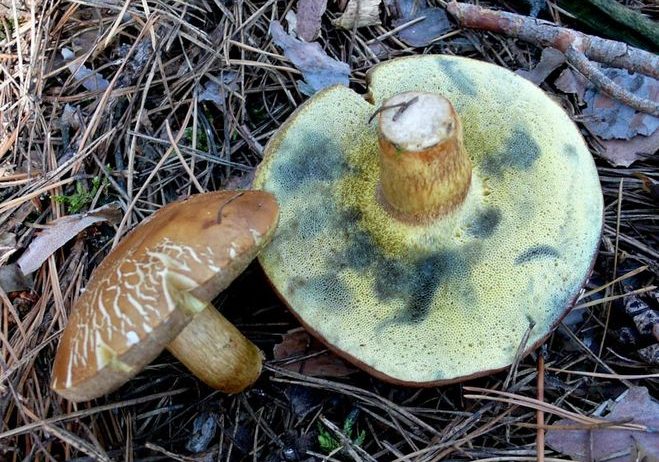
Mushroom pulp - A mandatory inspection of each fungus will reveal worms, spoiled or old specimens. Such mushrooms, when ingested, can lead to digestive disorders.
- When collecting mushrooms, they should be stacked in a wicker basket made of natural materials, since the use of plastic bags or buckets will lead to caking, overheating and rotting.
The answer to the question is, is the Polish mushroom edible or not, the answer is unequivocal - the mushroom is edible, but the Polish mushroom can be eaten if all the rules have been followed:
- collection in ecologically clean forest areas;
- inspection of each instance for worminess or damage;
- storage and transportation;
- processing and preparation.
Only then can mushrooms be eaten without worrying about their health.
Difference from false, inedible mushrooms
There are edible and inedible false mushrooms - counterparts of the Polish mushroom.
These include:
- Gall - An inedible variety of mushrooms with a bitter taste. It features a pink tint on the bottom of the cap and a mesh pattern of the legs.It secretes a resinous consistency that spreads to other specimens of mushrooms when they come in contact, making them unfit for food.
- Flywheel motley - an edible mushroom, which is distinguished by a convex brownish hat with small cracks. Reaches a diameter of 12 cm. The hat is light yellow below. The leg is cylindrical.
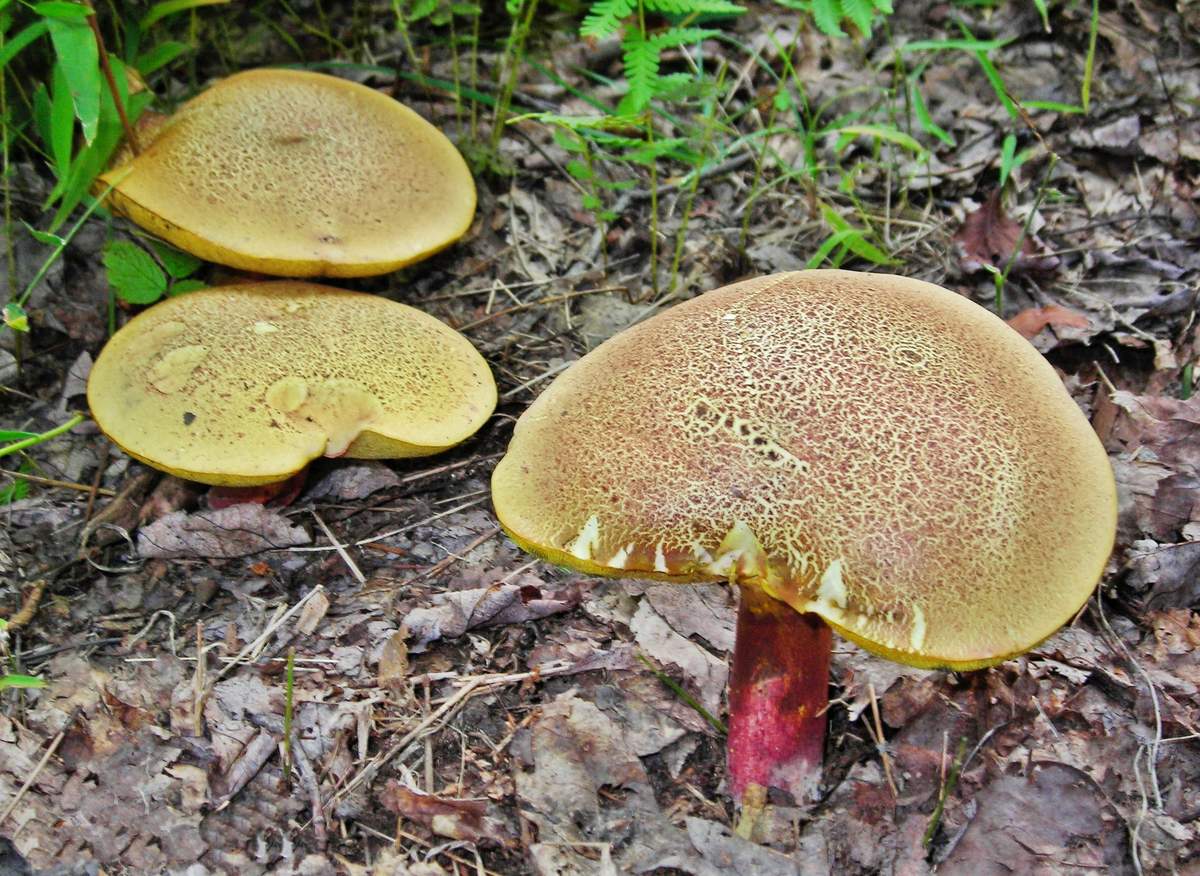
Flywheel motley - Chestnut flywheel - eaten after certain processing conditions. The mushroom is distinguished by a convex brown hat with cracks through which a light dense pulp is visible. Leg cylindrical light gray. It has a bright mushroom smell.
- Green flywheel - also applies to edible mushrooms with a spherical hat of a brownish color with some greenish tint. It differs from the Polish representative in large pores from the bottom of the cap. The leg is thinned down and has a cylindrical shape.
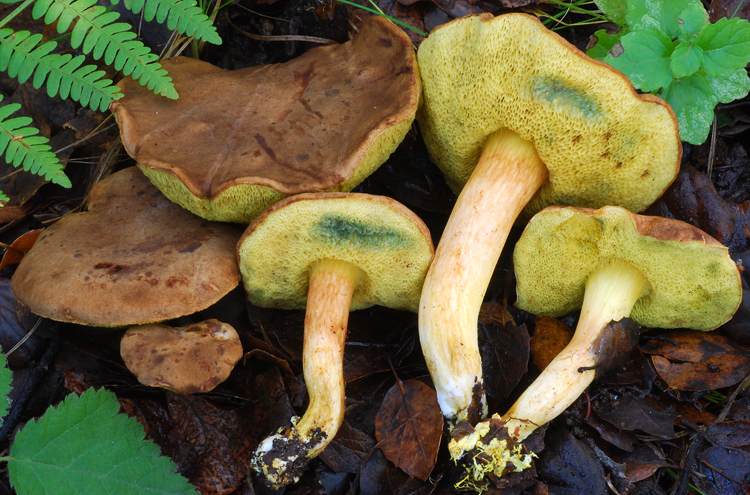
Green flywheel - Satanic mushroom - The most dangerous double of the Polish mushroom. It is characterized by increased toxicity. When eating a small amount of pulp, the upper respiratory tract is affected, followed by paralysis. This false mushroom is classified as poisonous and inedible. The satanic mushroom is as follows:
- the hat is small, up to 8 cm in diameter, gray-green;
- the bottom layer is tubular;
- tuberous leg with a mesh pattern of reddish color, upward - more orange;
- when pressed and damaged, the flesh changes color from red to blue.
Benefit and harm
The proven benefits of Polish mushroom, which is an antioxidant, and applies to foods with a high content:
- B, C and PP vitamins,
- beneficial trace elements (calcium, potassium, magnesium, zinc, selenium, copper, iron, fluorine, phosphorus and sodium).
Thanks to this, the use of mushroom in food contributes to:
- memory improvement;
- normalization of blood pressure;
- reduce the possibility of developing atherosclerosis;
- increased activity of brain activity;
- renewal of nerve cells;
- weight loss;
- a positive effect on the skin, hair and nails.
Low calorie content (9 kcal per 100 g) puts the Polish mushroom in the category of dietary products. It is used for preparing a variety of dishes (soups, gravy, toppings for pies), freezing and drying. In addition, it is widely used for medical purposes.
Recipes and cooking features
After a thorough heat treatment, the Polish mushroom can be pickled, frozen, dried, fried. By its taste, this mushroom resembles a white mushroom, therefore it is the most popular in the preparation of various dishes.
Processing Rules
Washed and carefully peeled Polish mushrooms are cooked in small batches. It should be borne in mind that during the heat treatment foam is released that must be removed. Therefore, you should choose a large capacity.
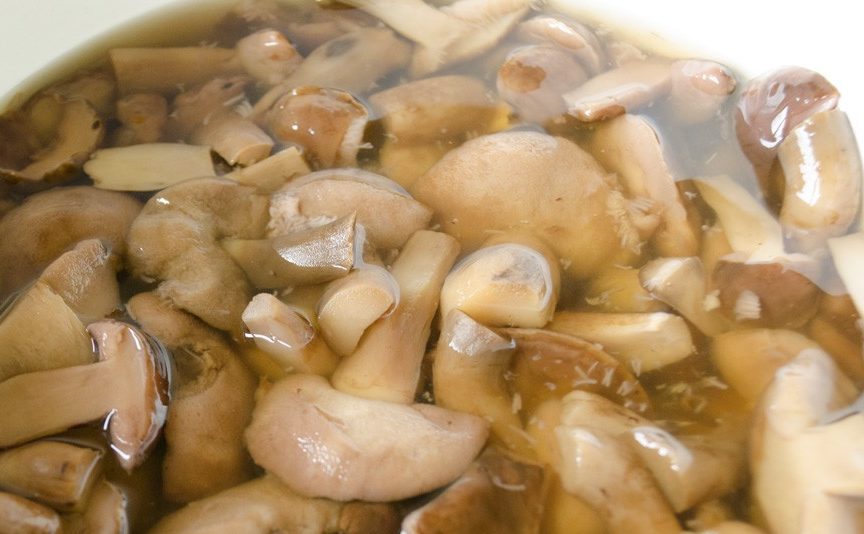
Large specimens are cut into several parts, and small ones are put into the container whole. Mushrooms are dipped in boiling water and after boiling boil for 10 to 20 minutes. This time is enough for the mushrooms to cook. Water is drained after treatment. When draining the liquid, the mushrooms quickly darken. Therefore, before starting cooking, mushrooms are left for a short time in cooking water.
Pickled Polish Mushrooms Recipe
To prepare 2 kg of pickled mushrooms you will need:
- 1 liter of water
- 1 teaspoon of sugar;
- 2 tbsp. tablespoons of salt;
- 3 tbsp. tablespoons of vinegar (9%);
- 3 pcs. allspice;
- 1 PC. cloves;
- 3 pcs. black pepper peas;
- one bay leaf.
First you need to boil the marinade from these ingredients: add salt, sugar, all spices to boiling water, boil for 3-5 minutes and pour vinegar. Pre-cooked mushrooms put in the marinade and boil. After this, the mushrooms are laid out in cleanly washed, sterilized jars and corked with lids.
Answers to Common Questions
Cleaning a Polish mushroom is not difficult, however, this process must be started immediately after arriving home. To do this, cut off the lower part of the legs, remove adhering debris, dirt and worms. It is not necessary to peel off a hat. Old copies are best not to eat at all. After that, the mushrooms are soaked in salted water and kept for up to 20 minutes, then washed with cold clean water and subjected to heat treatment.
The “Polish” mushroom got its name because of its wide export from Europe, mainly from Poland. It also has the following names:
- brown;
- pansky;
- boletus;
- chestnut flywheel.
Knowing the properties of the Polish mushroom, many mushroom pickers say that it is not necessary to boil them, but you can immediately fry, stew, bake. Such a statement is false. Indeed, due to the porous structure, mushrooms tend to absorb harmful impurities from the environment and soil.
Therefore, if you do not expose the moss to the correct heat treatment in the form of boiling, then it can become inedible and adversely affect your health. Only after boiling from the mushrooms prepare various dishes.
The best place to collect moss-flies is the edges of coniferous forests in ecologically clean areas remote from harmful production. The optimal time is August-September, when there are good days. Since they grow in small groups, so as not to disturb the mycelium, it is necessary to carefully move the coniferous litter with a long stick.
When cutting the fungus, the lower part of the leg is left in the ground to form a new fungus, contributing to a new crop. For collection, a wicker basket from a dose for natural air circulation is optimal.
Polish mushroom is considered to be a delicacy due to its taste, nutrient content, and positive effect on the body as a dietary product. Adhering to the rules of collection, processing and preparation, you can get an excellent nutritional supplement to various dishes.

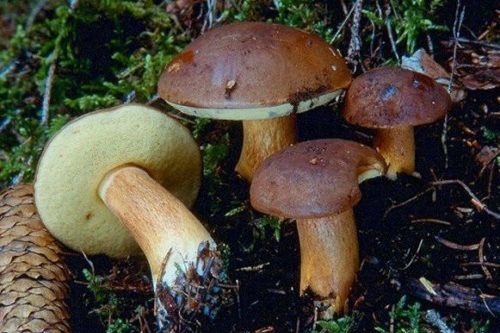
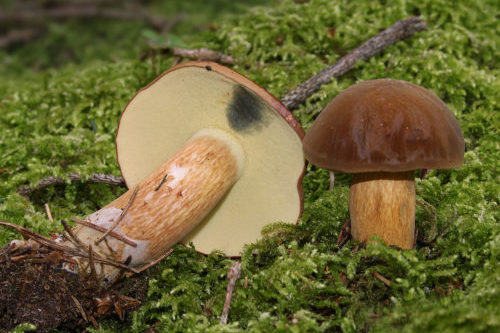
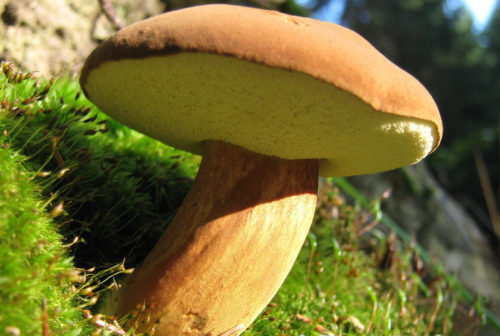
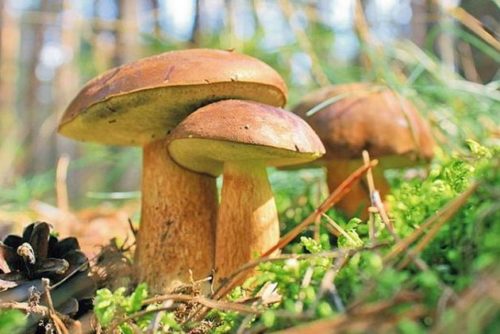
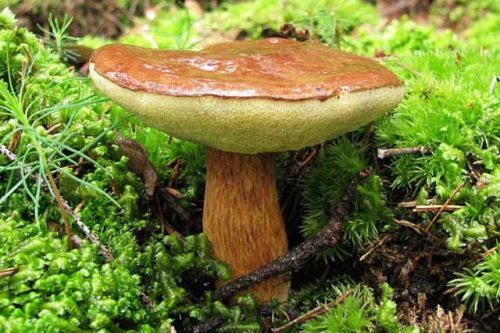
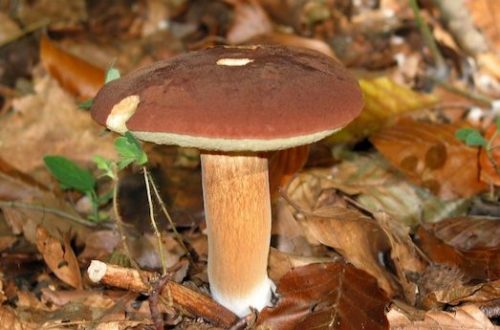
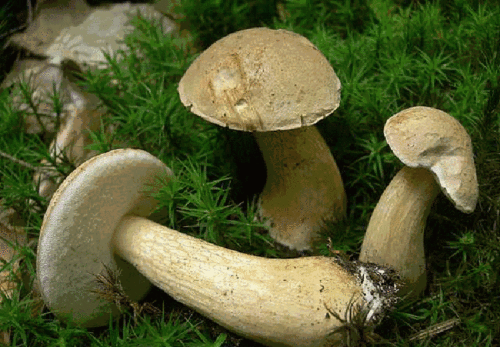
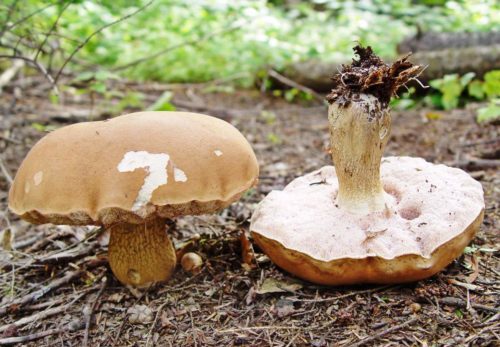
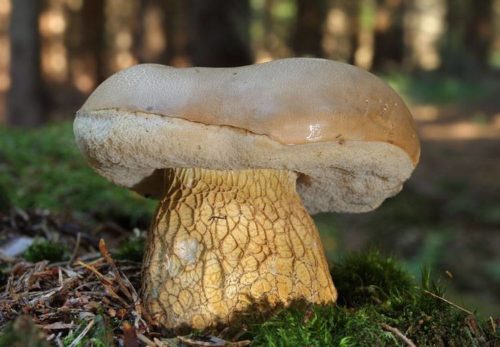
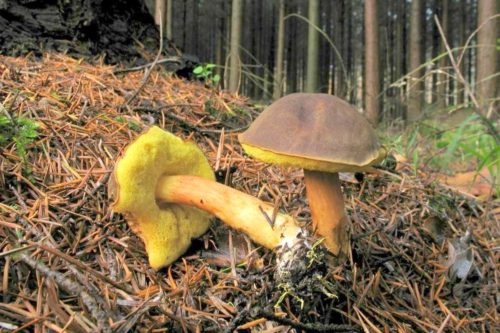
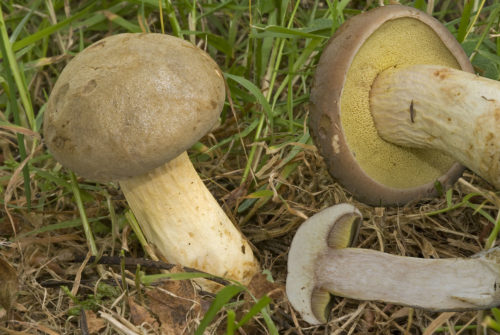
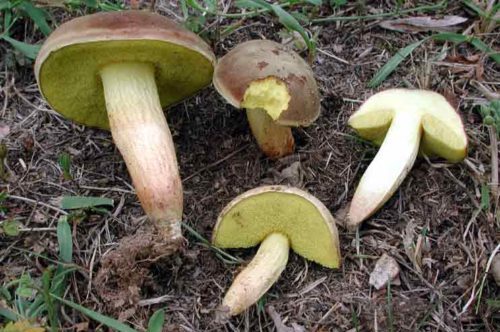
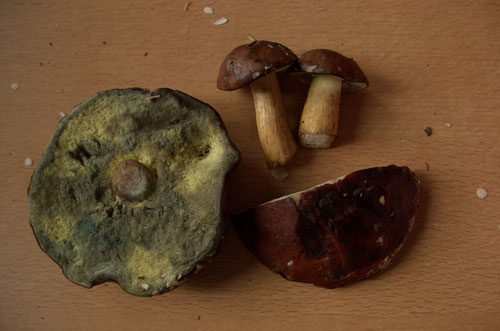
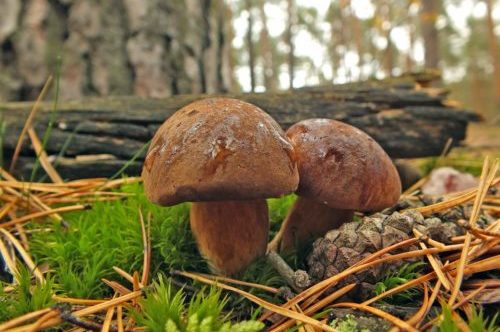




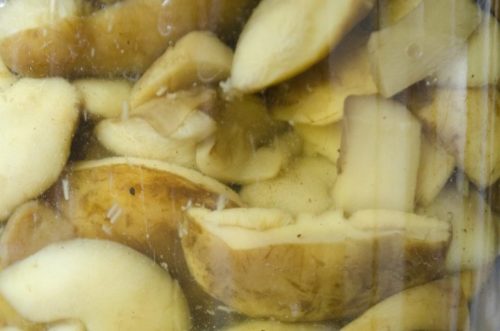
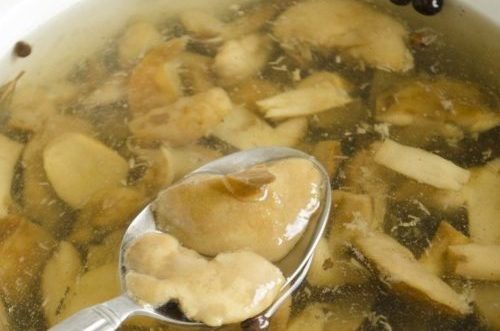
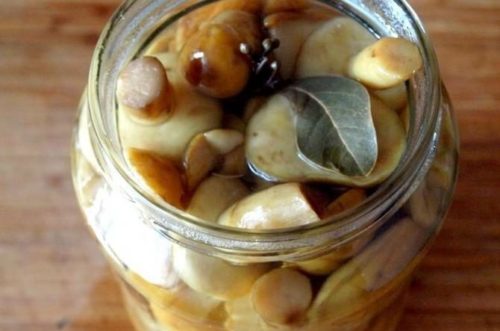
 Care and use of Kombucha at home (+22 photo)
Care and use of Kombucha at home (+22 photo) Edibility of the fungus of the motley umbrella and its description (+19 photo)
Edibility of the fungus of the motley umbrella and its description (+19 photo) Description of edible and inedible oils, their poisonous counterparts (+40 photos)
Description of edible and inedible oils, their poisonous counterparts (+40 photos) Useful properties of milk mushroom and its contraindications (+17 photos)
Useful properties of milk mushroom and its contraindications (+17 photos)